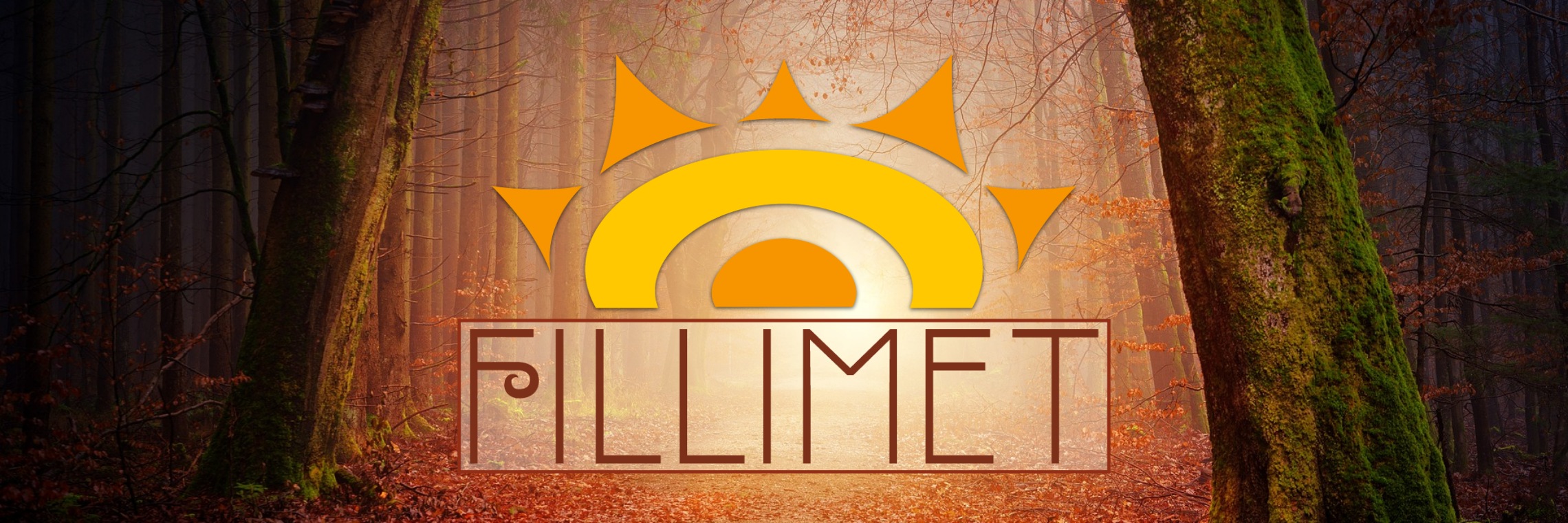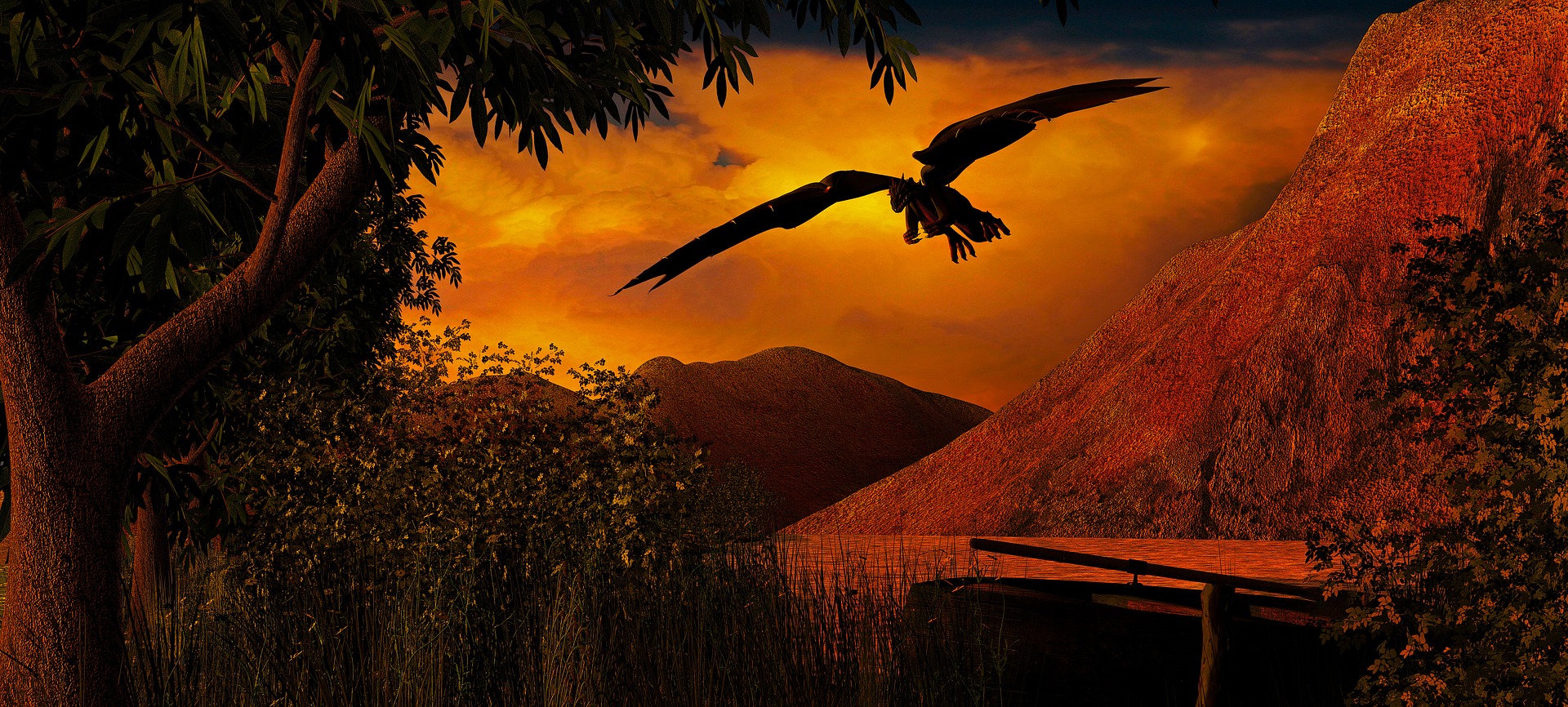Feral Dragon
The feral dragon is a cunning sentient creature, capable of reason and well-versed in the manipulation of others for the dragon's personal gain. The term feral applies solely to the species' demeanor towards other sentient life.
Feral dragons are known as avid collectors of treasures and trinkets they view as valuable. While many dragons do prefer classic forms of wealth such as gold or other finery the species as a whole maintains rather eclectic tastes. Draconic collections of books, historical artifacts, rare plants, or talented bards have all been reported.
Basic Information
Anatomy
Feral dragons have a large, reptilian head with a long and muscular neck, balanced by an even longer tail. They have two pairs of muscular legs and a very large wingspan.
Their teeth are incredibly sharp and, coupled with their jaw, are built for tearing through their prey quite efficiently. Feral dragons also have very specialized organs within their stomach, neck, and throat to allow them breath attacks with either fire, frost, lightning, poison, or sound depending upon their element. Their sharp claws are well built for gripping or tearing.
Ecology and Habitats
Feral dragons are most common in mountainous areas although some gravitate towards areas with great activity from their elemental affinity. Dragons have limited digging or building abilities and therefore tend to reside in large spaces already available, such as caves or large abandoned ruins, although some have convinced others to construct homes for them through various means. A dragon's den must provide enough space for the full sized dragon to stretch its limbs and wings, plus provide enough additional space to house the dragon's collection.
Dietary Needs and Habits
Feral dragons are surprisingly omnivorous, and while many do prefer meat to other food types a healthy dragon diet typically includes a generous sampling of fruit and vegetable matter.
Additional Information
Domestication
Feral dragons cannot be domesticated, and if befriending a non-dragon the agreement is generally short lived and arranged for the full benefit of the dragon.
Uses, Products & Exploitation
Feral dragon scales are useful in manufacting armor due to their physical and elemental defensive properties. The meat of a dragon is also considered a delicacy in some cultures.
Average Intelligence
As with all dragons, feral dragons are shrewd and highly intelligent. They are known to manipulate others into doing their bidding, typically to increase their treasure hoards.
Perception and Sensory Capabilities
Feral dragons have heightened senses, well adapted for tracking prey and opponents at long range. This does mean they are not as effective across short distances, being forced to rely upon smell and sound at close range if faced with a moving target.
Civilization and Culture
Courtship Ideals
Courtship typically involves a feat of strength, a feat of devotion, and a feat of intelligence. The exact details of these feats, as well as the participating parties, depends heavily upon the ethnicity of the dragons.
The Tlaxxi value strength, with males competing to show who is the strongest in body, heart, and mind. The Soulfire place emphasis on intelligence, the males competing to outwit their intended female in the challenges. The Lurienne value devotion, both genders regularly competing to win the heart, mind, and body of their partner.
Major Language Groups and Dialects
Feral dragons cannot enunciate verbally due to the specialized organs allowing their elemental attacks. As a result they rely upon telepathy for communication, targeting this communication to their intended recipients over great distances. This communication also allows dragons to form communities despite their geographic distances from each other.
Interspecies Relations and Assumptions
Feral dragons generally look down upon other non-dragon species, viewing them as food or pets or sources of amusement. Soulfire dragons are a mild exception, as some representatives from other races have earned the trust of a soulfire dragon through intelligence, wit, or artistic talent. These fortunate individuals have been awarded the honorary title of Dragonkin, naming the recipient an honorary soulfire dragon. This title is only officially recognized by other soulfire dragons.
Genetic Ancestor(s)
Scientific Name
Draconis feralis
Lifespan
540 years
Conservation Status
Least Concern
Average Height
10 feet
Average Weight
1200 pounds
Average Length
35 ft long, 50 ft wingspan
Body Tint, Colouring and Marking
Feral dragons are found in a variety of coloration, ranging from black to red to dark green.
Related Myths





Comments